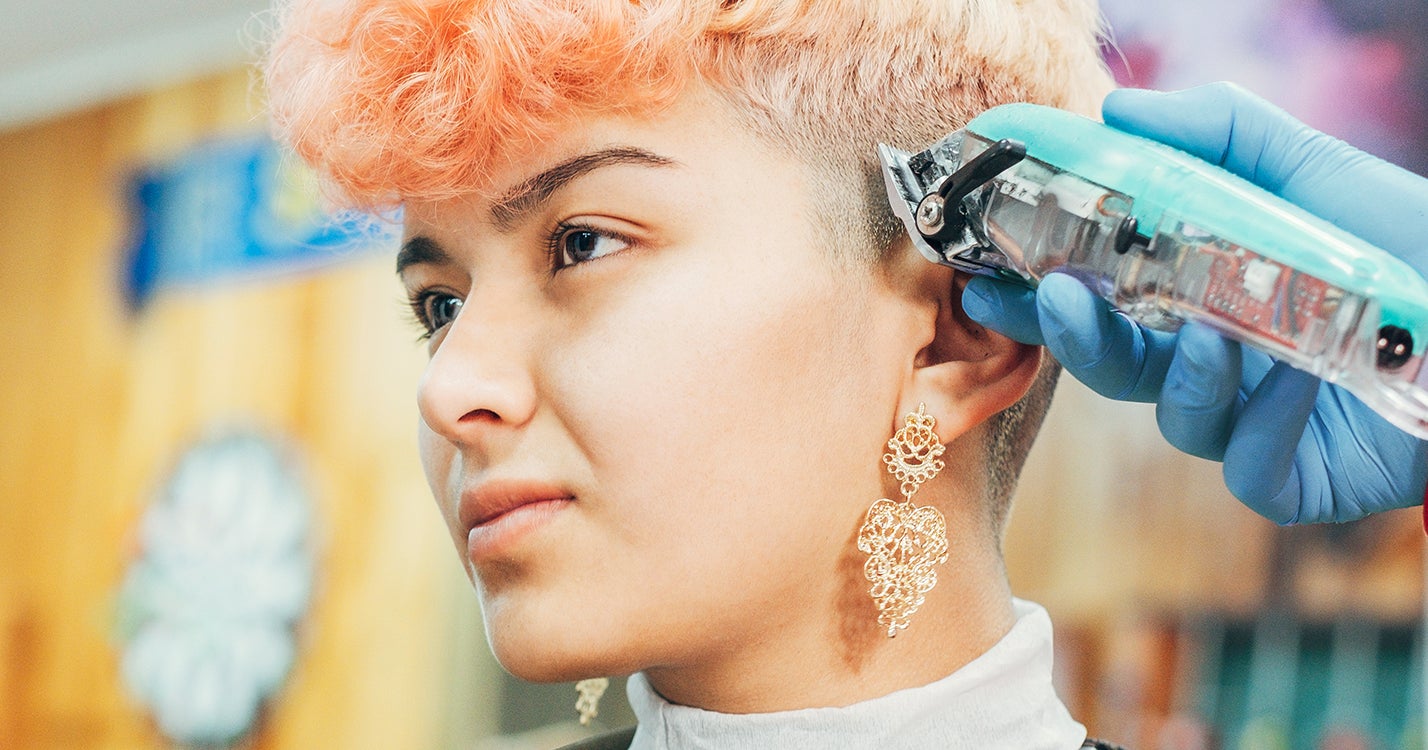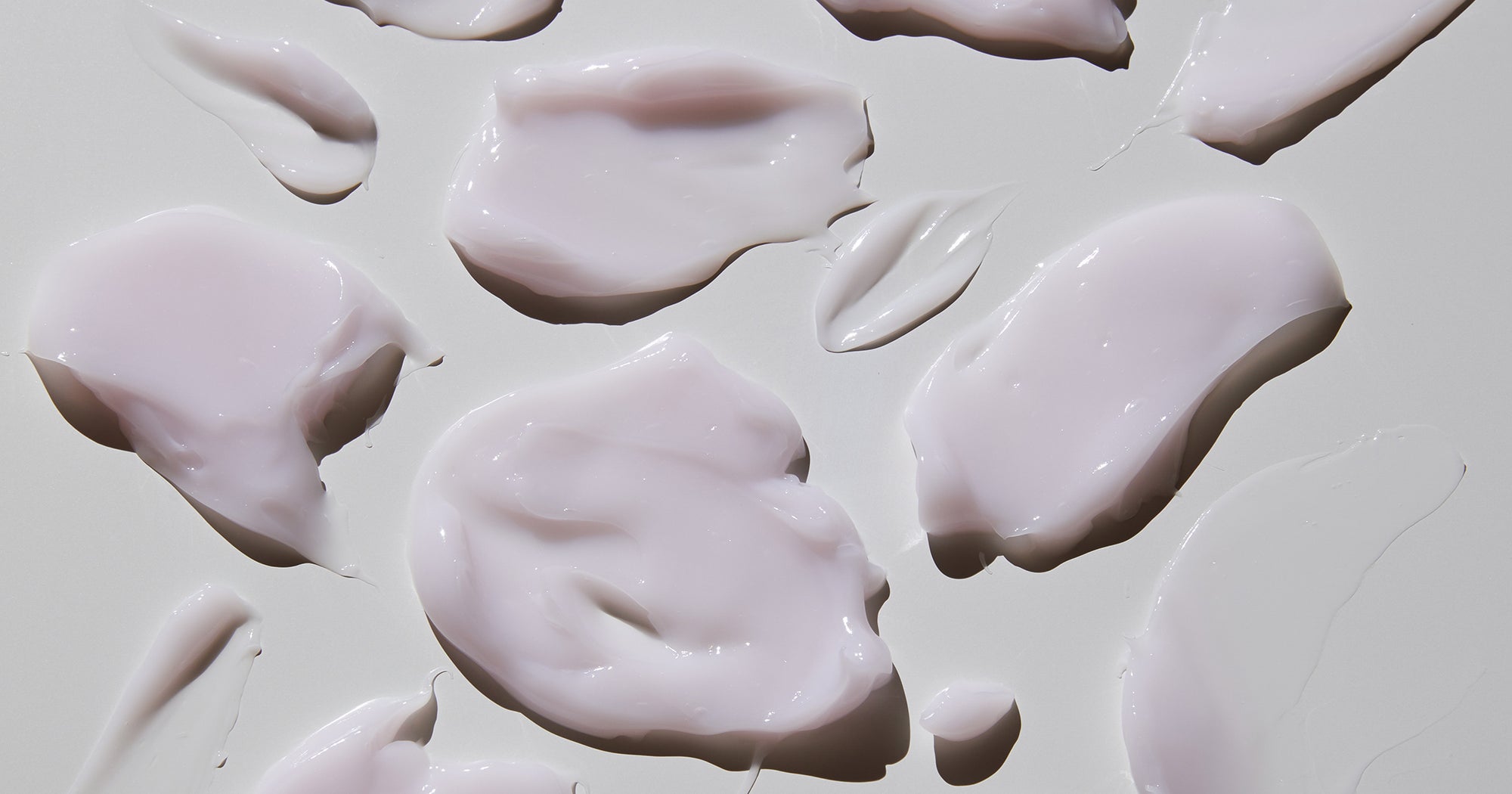Kìwekì Point’s design, led by Janet Rosenberg and Studio and Patkau Architects, knits together architecture and landscape into a subtle three-dimensional composition.Ashley Fraser/The Globe and Mail
Before it was a capital, Ottawa was a city on a river. Kìwekì Point, a newly renovated public park in the downtown, brings that connection into view once again. Walk into the 1.27-hectare space behind the National Gallery, climb a spiralling path past red-twig dogwoods to the top of a rise, and pause: You can look left to Parliament Hill, right to the distant woods of Gatineau Park and down to the waters below.
The transformation of the park itself is nearly as spectacular as the scene. The design, led by Janet Rosenberg and Studio (JRS) and Patkau Architects, knits together architecture and landscape into a subtle three-dimensional composition.
It can serve as a view machine, a place of remembrance and also a hangout. It is a showpiece of integrated, thoughtful design with lessons for all of Canada.
The project began with a 2017 design competition from the National Capital Commission, which aimed to bring this central spot onto the city’s list of attractions. Though it’s been a park continuously from 1967 (originally called Nepean Point), it has been “often overlooked,” National Capital Commission chief executive officer Tobi Nussbaum said on a recent tour of the site. “It’s a place that should be part of a seamless pedestrian experience.” Yet traffic speeding onto the Alexandra Bridge had cut this place off from easy visitation.
Kìwekì Point redevelopment includes a new footbridge connecting Majors Hill Park to Kìwekì Point, new and relocated sculptures, mature trees planted, unique gardens, and a new focal point on the top of the hill.Ashley Fraser/The Globe and Mail
So has the National Gallery of Canada: Moshe Safdie’s 1988 building cut off the point from Sussex Drive and faced it with a loading dock and parking. A series of sculptures from the gallery’s collection were scattered across the point.
The designers won the competition with a scheme focused on the water. “We have this incredible river that everybody sort of turns their back to,” said Janet Rosenberg of JRS. “The challenge was how to deal with the topography and how to claim the river’s edge so that it became an integral part of the park.”
Their answers involved several spatial devices. One was to introduce a sense of promenade. From the often-busy Major’s Hill Park, visitors can cross a new pedestrian bridge, named Pìdàban, or Algonquin for “dawn.” Designed by Vancouver’s Patkau Architects with engineers Blackwell, it draws a low, tilted arc through the air from the busy Major’s Hill into Kìwekì, soaring above the roadway that carries bridge traffic.
A broad canopy of mass timber creates a moment of shelter from the sun, rain or snow.Ashley Fraser/The Globe and Mail
Once there, visitors can walk toward the river along a broad path. To the left, meadow plants – amsonia, black-eyed Susans, a range of grasses – fill up a small trench, separating visitors from a steep slope beyond. (This trick is an English landscape device known as a ha-ha.) Then the path wheels around the right, under a broad canopy of mass timber that looks a bit like a mushroom. Here, the Patkau office, led by Patricia and John Patkau and project architect Greg Boothroyd, have created a moment of shelter from the sun, rain or snow.
And yet that structure, which also contains washrooms, is half-buried in the park. Paths continue to wind up onto its roof, where a stand of pines marks the summit of the park and the best viewpoint.
The Patkau firm, among Canada’s best architects, consciously played a supporting role here. ”The buildings are just concentrations of energy within the landscape,” John Patkau said in an interview. “They’re really subservient to the landscape, because we value landscape as much as we value building. We didn’t need an architectural monument.”
A bronze sculpture recently renamed Kichi Zïbï Innini (originally known as Algonquin Scout) looks out toward the river.Ashley Fraser/The Globe and Mail
Prior to the renovation, a well-known monument to Samuel de Champlain occupied the park’s highest point. Originally the designers planned to leave it in place. But NCC consultations with the Kitigan Zibi Anishinabeg and the Algonquins of Pikwàkanagàn led to a different solution: Champlain was brought down a level, and a contemporaneous sculpture recently renamed Kichi Zïbï Innini (originally known as Algonquin Scout) was placed on the same altitude, equal in stature and now looking out toward the river. (The name Kìwekì, which means “returning to one’s homeland,” emerged from the same discussions.)
While the park (scheduled to open this spring) took years to pull together, owing to COVID-19 delays and funding challenges, it is a triumph. The NCC deserves strong credit for running a successful competition process that brought in top talent and allowed them to work in tandem – a rare thing that has paid off well.
As urbanism, Kìwekì also knits the city’s public spaces together, and it will do even more if planned renovations open up the back of the National Gallery. Central Ottawa has too many aloof institutional buildings and not enough buzz. This project will change that balance for the better.













